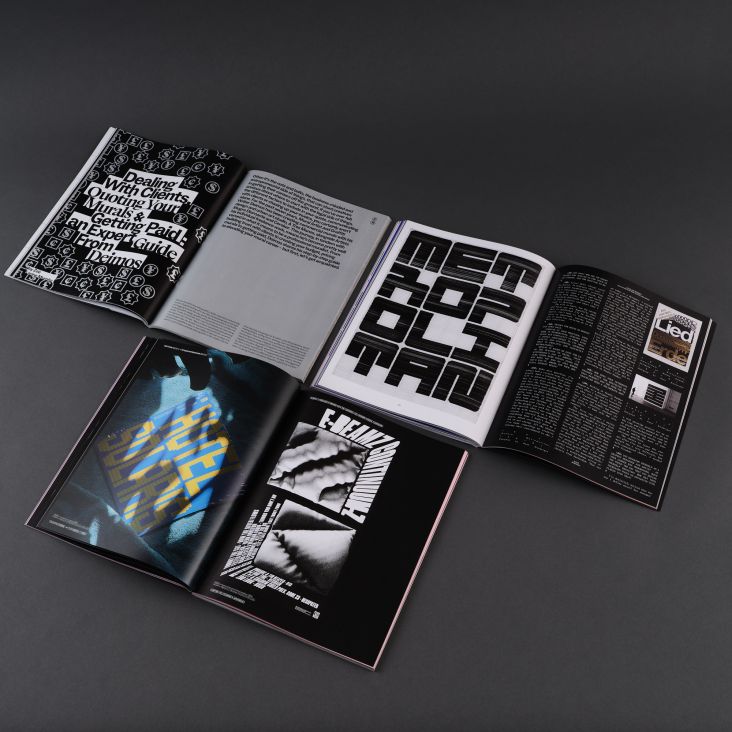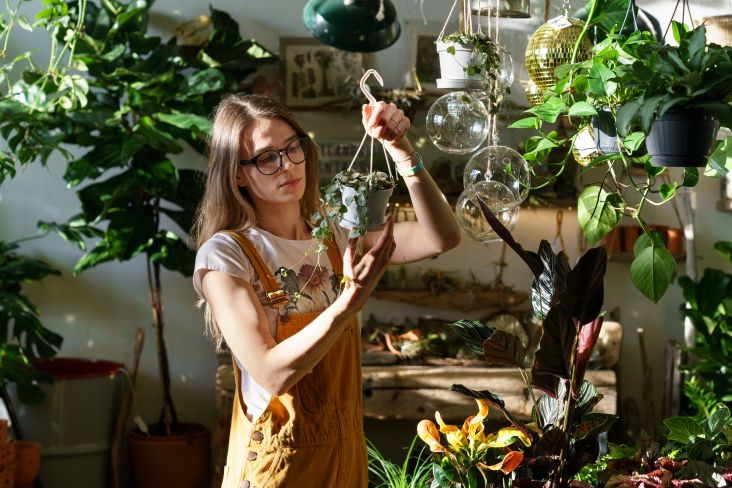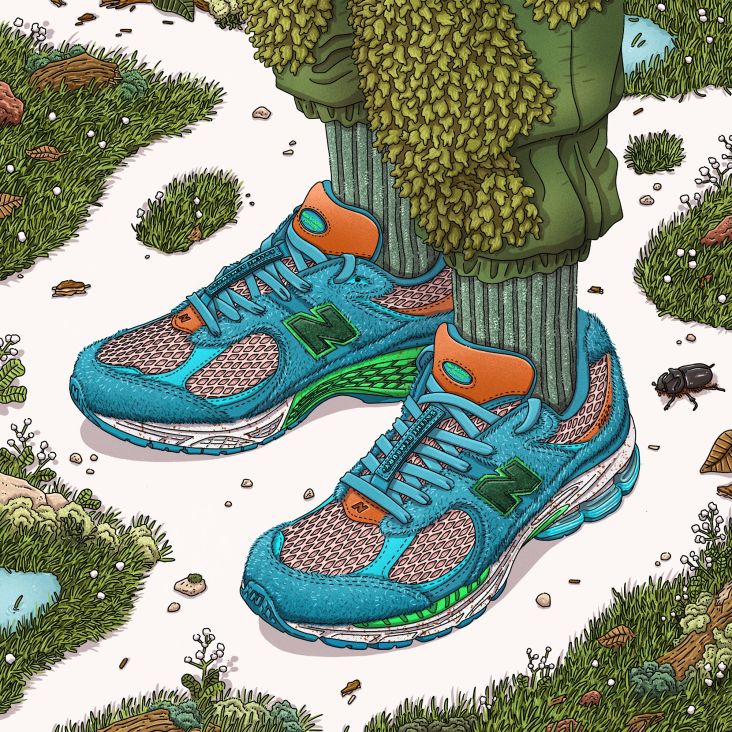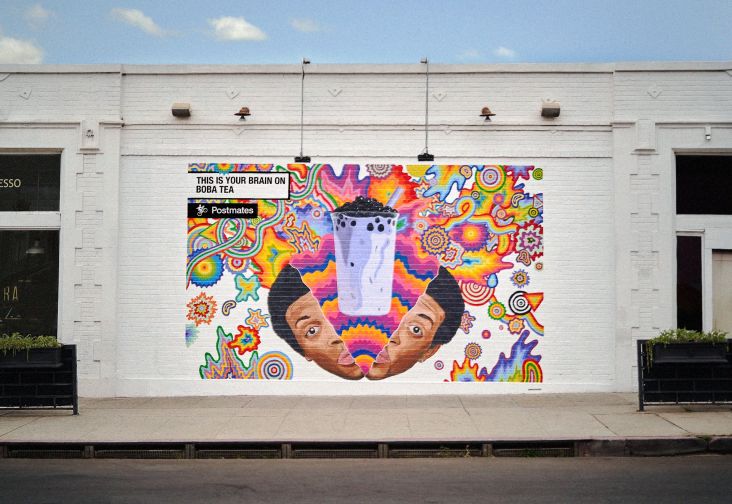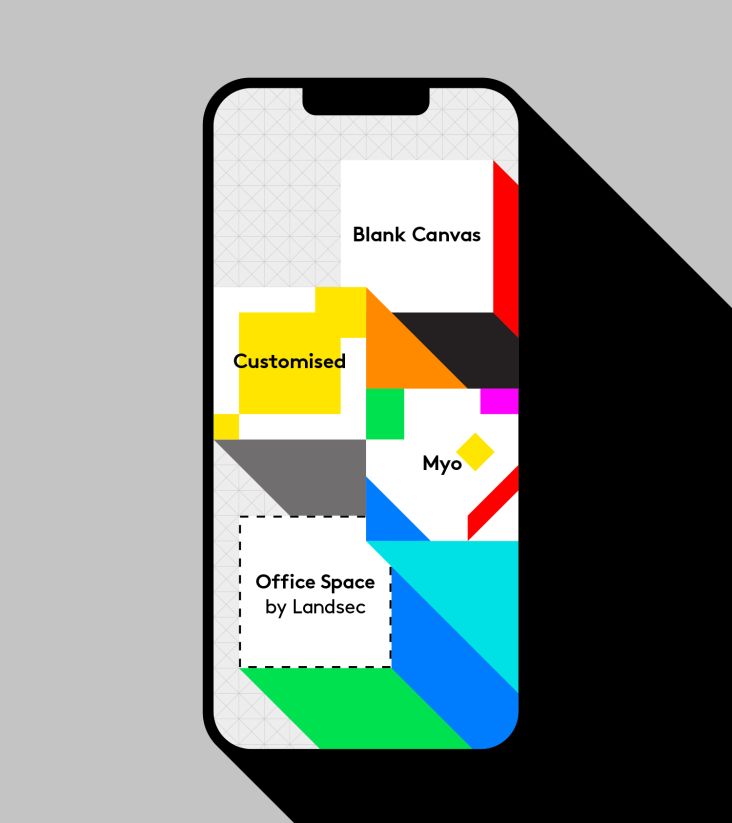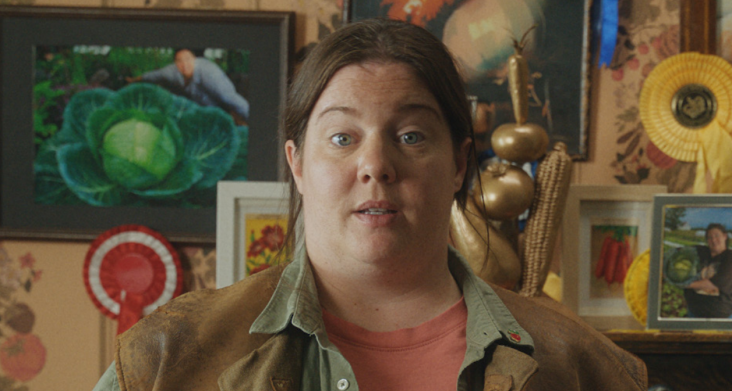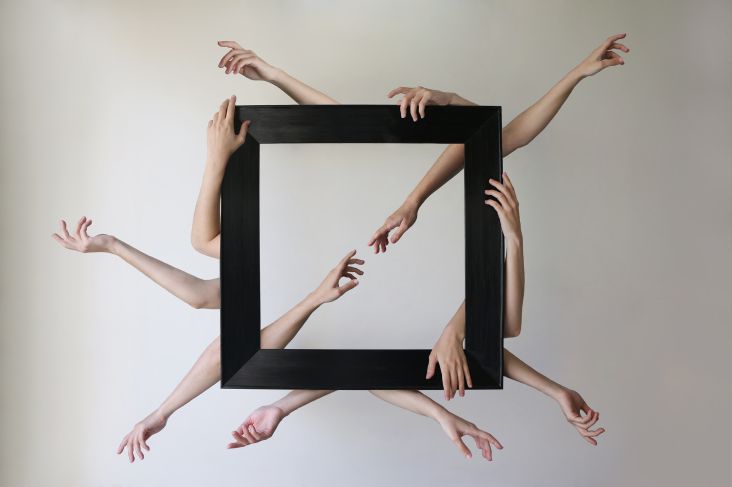Xiangni Song follows her instincts to create paintings of the abstract images in her mind
Artist Xiangni Song has transferred everything she learnt from the world of illustration to her paintings, which specialise in capturing daily observations and peculiar personal experiences.
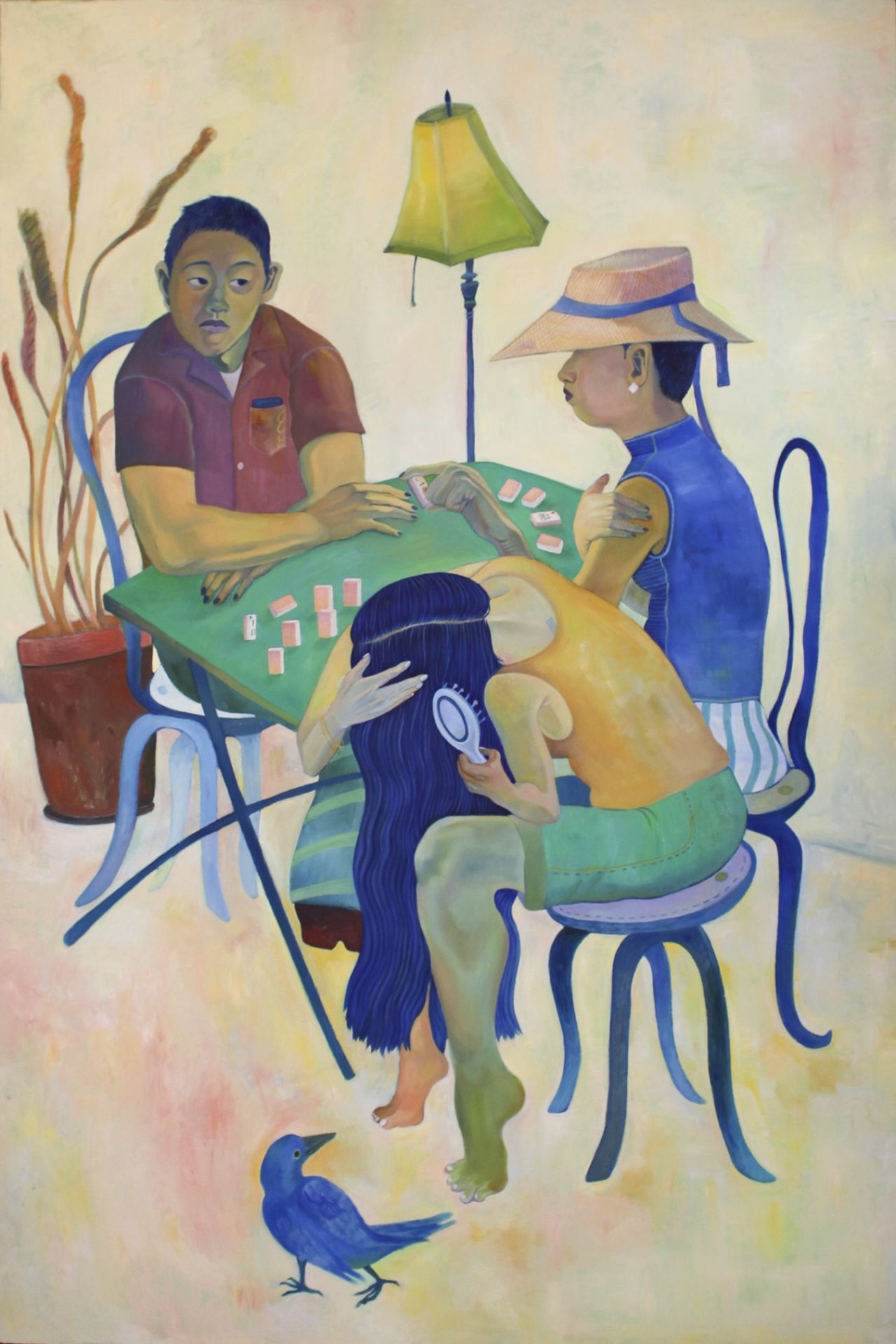
Spending her time between Beijing and New York, Xiangni was trained at the School of Visual Arts in 2016. She subsequently transitioned from illustration to fine art by enrolling in the MFA Fine Arts program at Pratt Institute in 2020. Since then, she has explored various mediums by creating two-dimensional works and sculptures.
Today, painting, drawing and ceramics are Xiangni's medium of choice, and her art deals with themes of identity, self-observation and the imagination. It's a heady mix resulting in colourful, almost fauvist paintings that purposefully defy one single explanation.
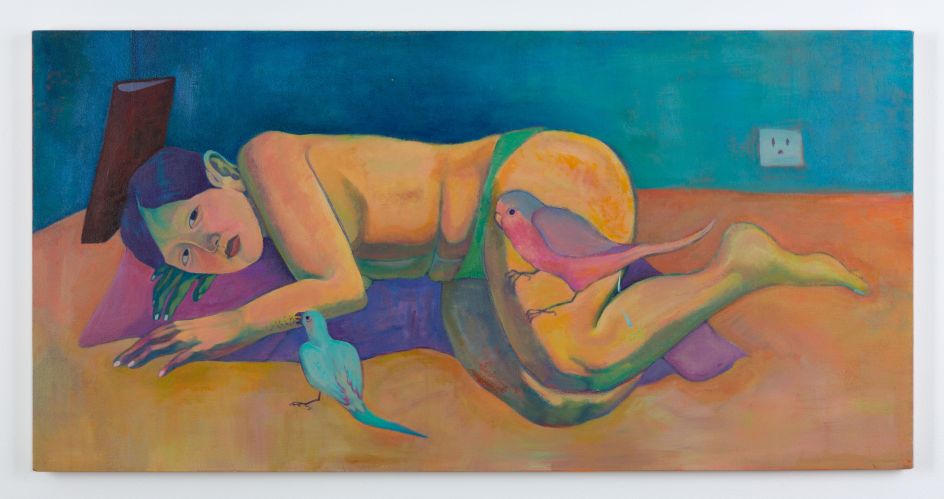
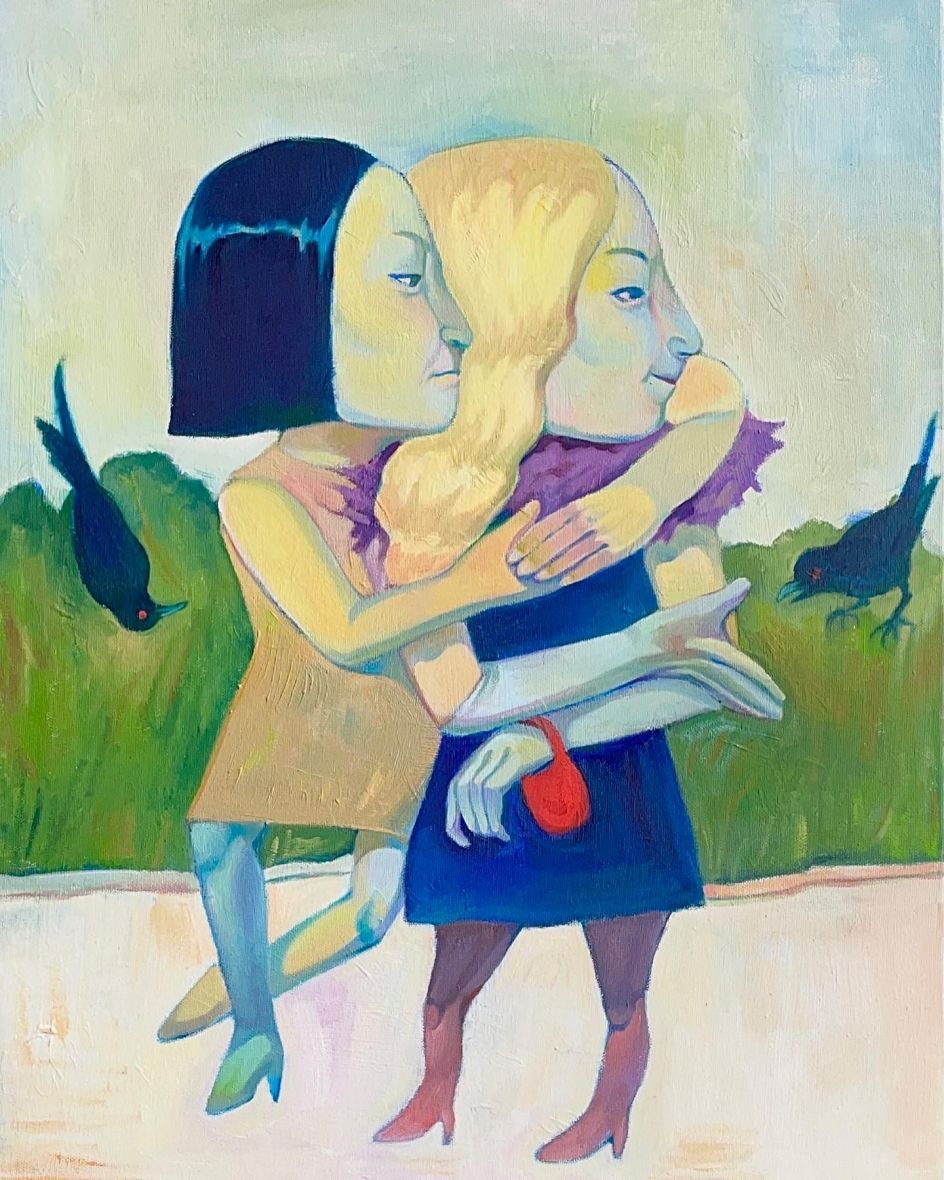
Switching disciplines is no easy decision for an artist, and originally, Xiangni harboured dreams of becoming a cartoonist or illustrator. Indeed, it was this passion for illustration that originally guided her path towards college. However, after delving into the realm of commissioned work, it soon became apparent that the demands of clients were at odds with her wishes to work as an independent artist.
"Additionally, the rising popularity of digital illustration led to a shift in trends; this reduced the opportunity to employ traditional techniques in my projects," she tells Creative Boom. "In light of these realisations, I underwent a pivotal transformation, transitioning my focus from illustration to the realm of fine arts."
This doesn't mean her background in illustration was time wasted, though. In fact her youth spent doodling in textbooks and scribbling on used test papers pointed the way to her artistic inclinations. "This fervour for creative expression has persisted throughout the passage of time."
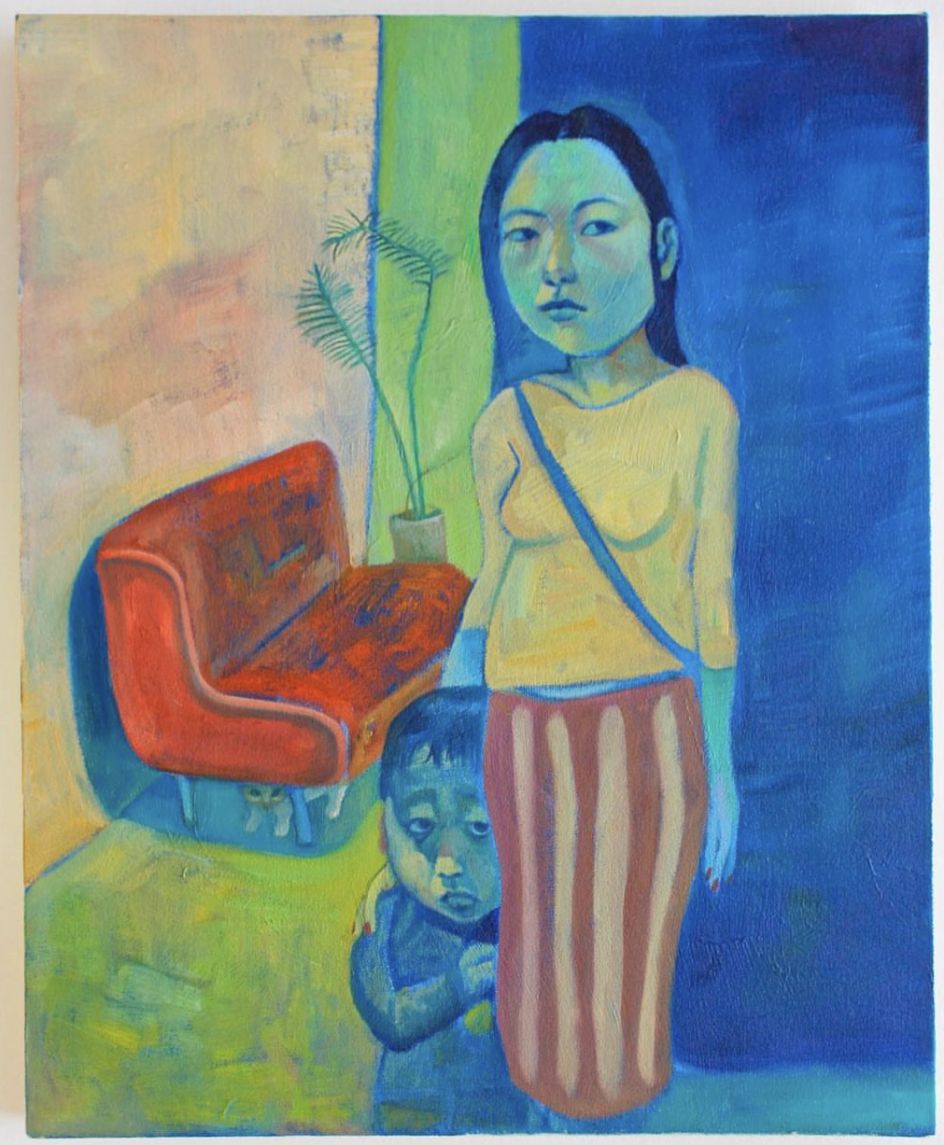
It was while studying illustration at college that Xiangni's trajectory changed, and she refined her approach towards self-expression. "Through this academic pursuit, I embarked on a profound journey of self-discovery, gradually unveiling the avenues through which I could channel my creativity," she explains. "My education encompassed an exploration of the history and role of illustration, an undertaking that carried immense significance and imparted a deep understanding of the field's essence."
Xiangni's undergraduate experience was also characterised by a focus on traditional art techniques, which in turn provided a robust foundation for her artistic evolution. "This immersive exposure allowed me to enhance my skills and extend my grasp of traditional painting and drawing practices," she says. "The acquisition of these fundamental skills has proven invaluable, serving as cornerstones that continue to underpin my subsequent artistic endeavours."
As for why self-identity is a recurring theme in her work, Xiangni says this is because everyone possesses a singular and distinct voice just waiting to be heard. "In my personal journey, I have opted to manifest my voice through a visual journal, seamlessly blending inspiration drawn from both keen observation and boundless imagination in a profound exploration of life's nuances," she reveals.
"For me, the act of crafting art represents the purest form of self-expression, serving as a conduit for communication with the external world."

And what intrigues Xiangni most about this approach is how the creative process is "unfettered by deliberate intentions". She adds: "Themes of self-identity inherently intertwine with other captivating subjects that have caught my attention, including cherished memories, the fluidity of time, and the intricate contours of the human form. These quintessential elements delineate the landscape of my artistic practice, shaping and breathing life into every stroke of creation."
But how does Xiangni go about capturing the imagery that exists in her mind? As she says, it's not as simple as clicking copy and paste on a computer. Instead, these thoughts are elusive and seem to her to float in the air. "These emotions can take the form of a sentence, a scene, or an indescribable ambience," she says.
"They arise suddenly, often triggered or inspired by something or someone. To transform these sensations into refined works, I begin to contemplate, searching repeatedly for the most precise and fitting forms of expression. This marks the initiation of the creative journey.
"Subsequently, I endeavour to visualise these thoughts by creating rough sketches in my notebook. When the right moment arrives, my instincts guide me towards selecting the most resonant sketch. From there, I am prepared to bring the sketch to completion."
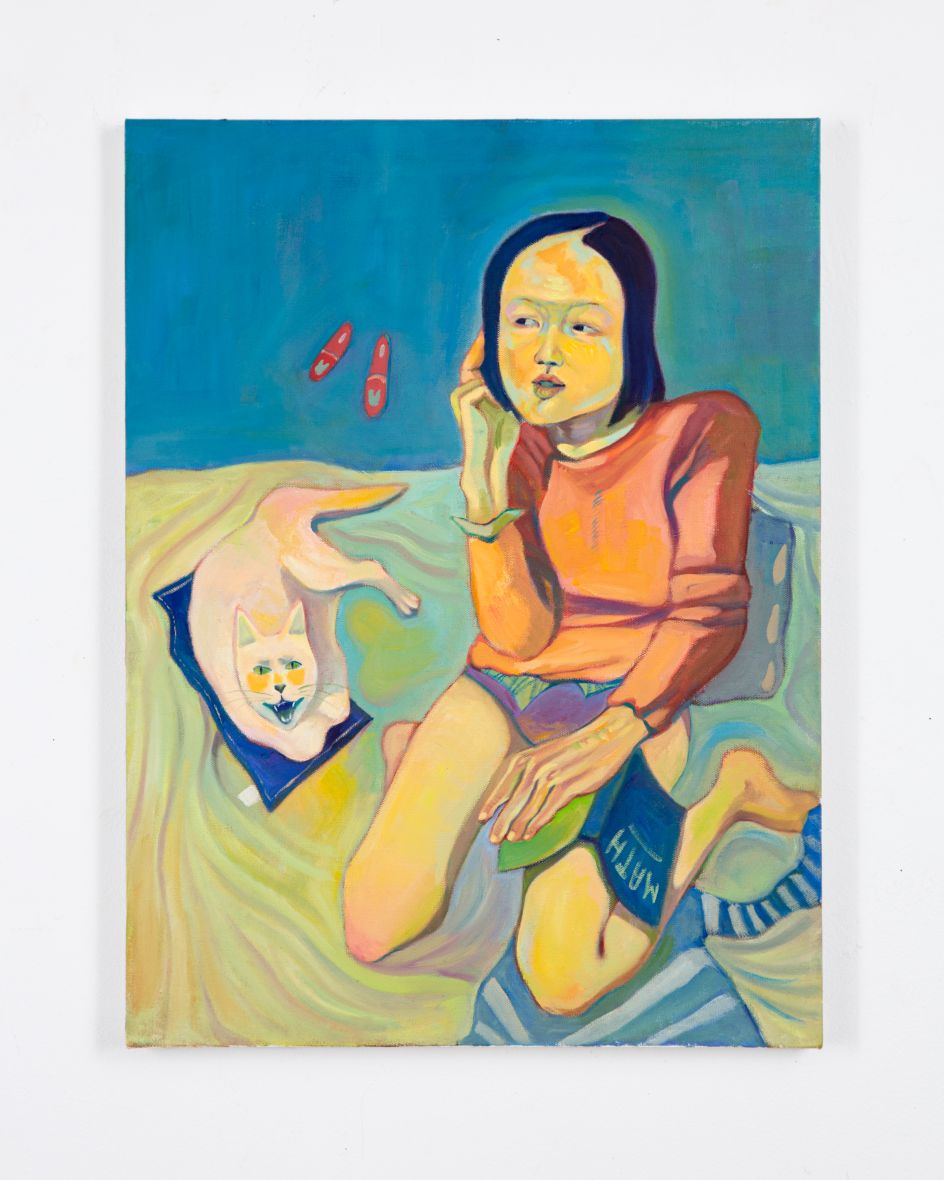
This approach carries over to Xiangni's paintings, which are also firmly rooted in the realms of abstraction and unpredictability. "These pieces are imbued with memories, errors, imperfections, and distortions," she adds. "While I do appreciate interpretations that find them charming, endearing, and pleasing, it's important to recognise that these qualities represent merely a fraction of my artistic aspirations."
Indeed, for Xiangni, her paramount objective as an artist is to create images and communicate in a way that does not demand or require explicit explanation. "Each painting encapsulates a narrative, beckoning viewers to immerse themselves in their own interpretations," she concludes.




 by Tüpokompanii](https://www.creativeboom.com/upload/articles/58/58684538770fb5b428dc1882f7a732f153500153_732.jpg)


 using <a href="https://www.ohnotype.co/fonts/obviously" target="_blank">Obviously</a> by Oh No Type Co., Art Director, Brand & Creative—Spotify](https://www.creativeboom.com/upload/articles/6e/6ed31eddc26fa563f213fc76d6993dab9231ffe4_732.jpg)








